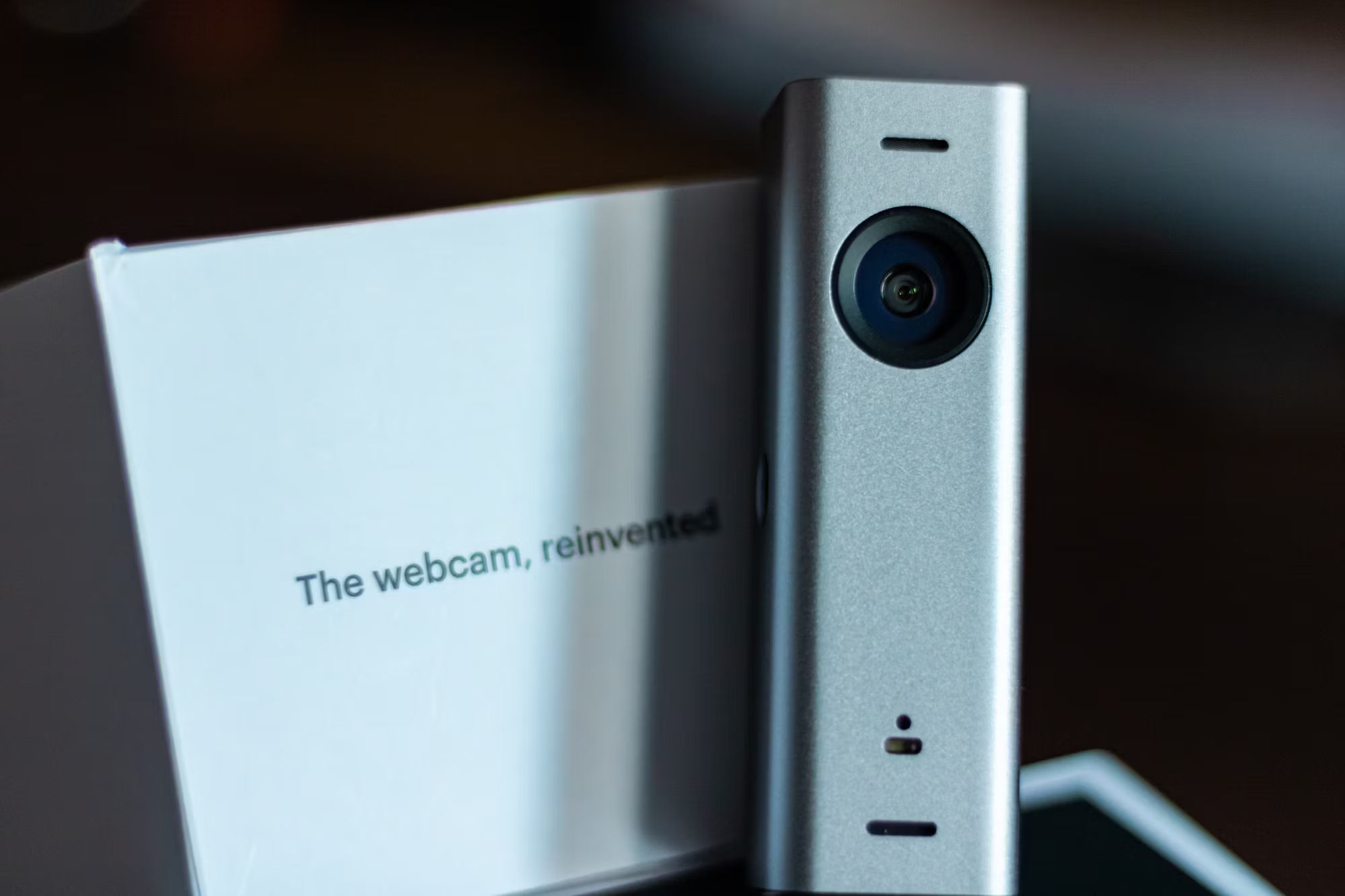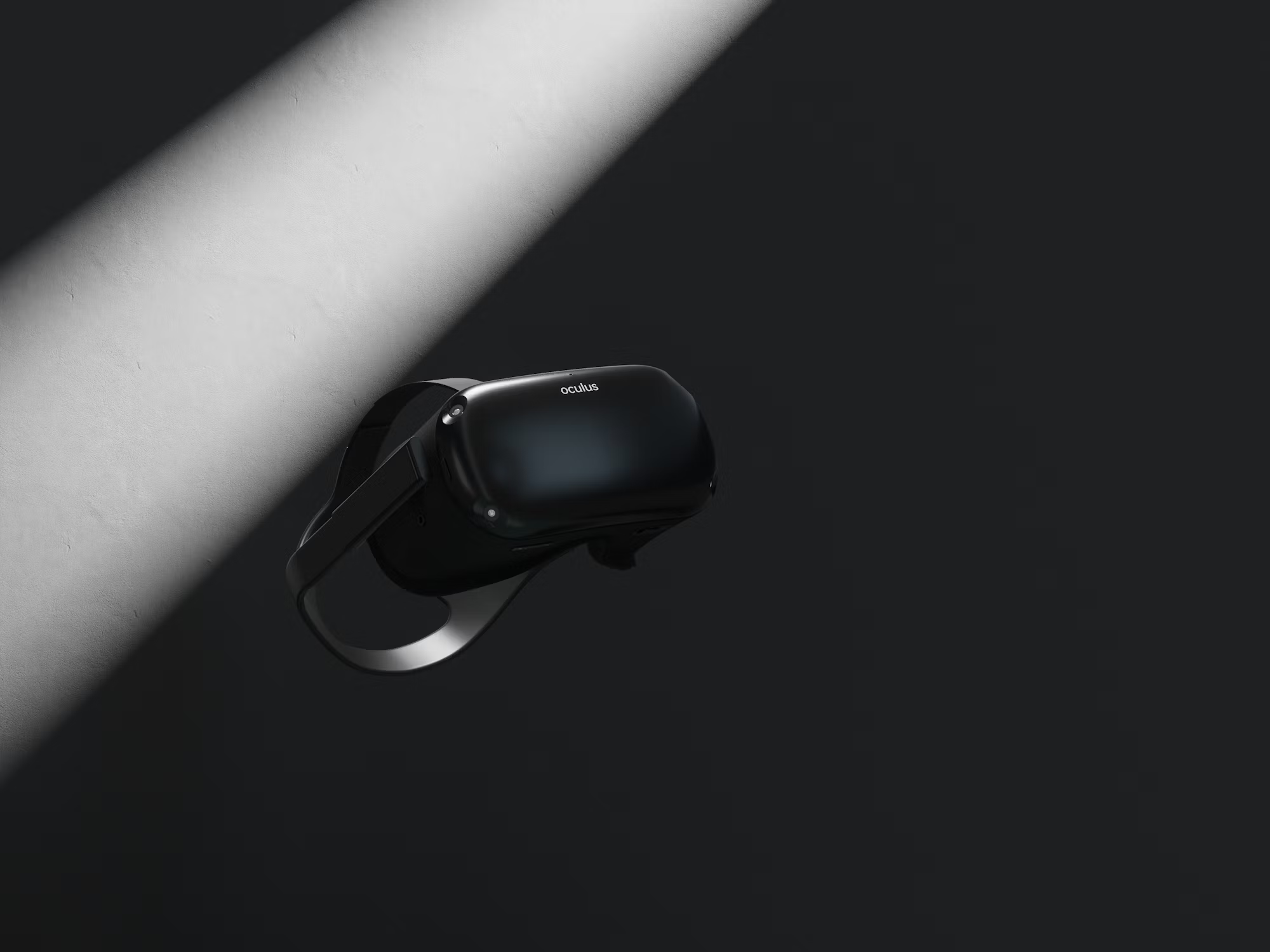The consumer electronics industry has been at the forefront of technological advancements for decades, offering products that have revolutionized the way we live, work, and interact. From the advent of personal computers and mobile phones to the rise of smart home devices and wearable technology, consumer electronics have become an integral part of modern life. As we move into the next era of innovation, the future of consumer electronics promises even greater transformations. In this article, we will explore the cutting-edge trends and technologies that are shaping the future of the tech industry.
The Era of Smart Devices: From Phones to Everything
Over the past decade, the concept of “smart” technology has evolved from a novelty to a necessity. Smartphones, tablets, and laptops have become essential tools for daily life, but the rise of smart home devices and wearables is taking this connectivity to the next level. Smart devices, equipped with artificial intelligence (AI) and machine learning capabilities, are increasingly integrated into nearly every aspect of our lives.
Smartphones remain the cornerstone of personal technology, with companies like Apple, Samsung, and Google continually pushing the envelope with new features. Foldable screens, 5G capabilities, and enhanced AI-driven virtual assistants like Siri and Google Assistant are just a few examples of how smartphones continue to evolve. Beyond communication, smartphones are now hubs for entertainment, health tracking, shopping, and home automation, all thanks to their connectivity and integration with other smart devices.
The rise of smart home technology is perhaps one of the most significant shifts in the consumer electronics space. Devices like smart speakers, thermostats, lights, security cameras, and refrigerators are now commonplace in many households. These products are designed to enhance convenience, improve energy efficiency, and provide greater control over the home environment. Amazon’s Alexa, Google Assistant, and Apple’s HomeKit are leading the charge in this area, creating ecosystems that allow consumers to control a wide range of devices with voice commands or through mobile apps.
Looking ahead, the expansion of smart devices is set to continue. The future will see even more advanced integrations, such as smart kitchens where appliances communicate with each other to optimize cooking processes, or smart healthcare systems that monitor health conditions and provide real-time feedback. As AI becomes more sophisticated, smart devices will become more intuitive, anticipating needs and adapting to user preferences in ways we can’t yet fully imagine.
Wearable Technology: Health, Fitness, and Beyond
The wearable tech industry has experienced explosive growth in recent years, driven by increasing consumer demand for devices that help monitor health, fitness, and well-being. Products like smartwatches, fitness trackers, and even smart clothing have become essential for those looking to track their physical activity, sleep, heart rate, and other health metrics.
Apple’s Apple Watch, Fitbit, and Garmin are among the most popular brands in the wearable market, offering features like heart rate monitoring, GPS tracking, and sleep analysis. These devices not only help users stay fit but also provide valuable data that can be used to improve overall health. More advanced models even offer ECG readings and blood oxygen level monitoring, which can be crucial for detecting health issues early on.
However, wearable technology is evolving beyond fitness tracking. The future of wearables will see even more integration with health systems, allowing for more precise medical monitoring and data sharing with healthcare providers. In addition to health, wearables will continue to expand into areas such as entertainment, with immersive augmented reality (AR) and virtual reality (VR) glasses on the horizon. Imagine a world where your smartwatch doesn’t just track your steps, but also offers personalized health recommendations, monitors your posture, or even analyzes your emotional well-being.
AI and Machine Learning: The Brains Behind the Revolution
At the heart of many emerging consumer electronics products is artificial intelligence (AI). AI and machine learning (ML) are technologies that enable devices to analyze data, learn from experiences, and make decisions without human intervention. These technologies are transforming everything from smartphones and home assistants to cameras and vehicles.
One of the most visible applications of AI in consumer electronics is in virtual assistants. Siri, Alexa, and Google Assistant use AI to interpret voice commands, perform tasks, and offer personalized suggestions based on user preferences. As AI improves, these assistants will become even more intelligent, allowing for more natural and complex interactions. For example, future virtual assistants may be able to understand context, anticipate needs, and offer proactive suggestions in a way that feels almost human-like.
AI is also revolutionizing the camera industry. Today’s smartphones and digital cameras are equipped with powerful AI-powered features such as scene recognition, facial recognition, and image enhancement. AI can automatically adjust settings to optimize the quality of photos and videos, ensuring the best possible result with minimal effort from the user. As machine learning algorithms continue to advance, we can expect cameras to become even smarter, with better low-light performance, more accurate color reproduction, and enhanced capabilities for capturing dynamic scenes.
Beyond consumer electronics, AI is also driving innovations in autonomous vehicles, smart cities, and robotics. In the future, AI-powered devices will play an even more significant role in our daily lives, making decisions, solving problems, and creating personalized experiences that are currently unimaginable.
Augmented Reality (AR) and Virtual Reality (VR): Transforming Entertainment and Beyond
Augmented reality (AR) and virtual reality (VR) are technologies that have already begun to impact the entertainment and gaming industries. However, their potential extends far beyond just gaming and entertainment. AR and VR are poised to revolutionize sectors like education, healthcare, retail, and real estate.
In gaming, VR headsets like the Oculus Rift and Sony PlayStation VR have introduced immersive experiences that allow players to interact with digital environments in a way that feels real. Meanwhile, AR technology, used in applications like Pokémon Go and Snapchat filters, overlays digital information onto the real world, creating an interactive and engaging experience.
Looking ahead, the potential applications of AR and VR are vast. In education, VR could be used to create immersive learning experiences, allowing students to explore historical events, distant planets, or even the human body in ways that were previously impossible. In healthcare, AR could help doctors visualize patient data in real-time, improving diagnostics and treatment planning. In retail, AR could allow customers to try on clothes virtually or visualize furniture in their homes before making a purchase.
As both AR and VR technologies continue to mature, we can expect them to become more integrated into everyday life, offering new ways to work, play, and interact with the world around us.
Sustainable Electronics: Green Tech for a Better Tomorrow
As the world becomes increasingly aware of environmental issues, sustainability has become a key focus in the consumer electronics industry. Electronics manufacturing has long been associated with significant environmental challenges, including the extraction of rare materials, electronic waste, and energy consumption. In response to these challenges, companies are developing more sustainable products and adopting greener practices.
One of the most notable trends is the move toward recycling and upcycling materials. Companies like Fairphone and Apple are focusing on creating more sustainable products by using recycled materials in their devices and offering repairable, modular designs that extend the life of their products. Apple’s commitment to becoming 100% carbon neutral by 2030 is a prime example of how large corporations are embracing sustainability in their manufacturing processes.
In addition to using sustainable materials, companies are also exploring energy-efficient technologies. Devices are being designed to consume less power, and renewable energy sources are being used to power factories and data centers. With the rise of eco-conscious consumers, the demand for sustainable electronics is expected to continue growing, and companies will need to innovate to meet these expectations.
The Future of Consumer Electronics: A Connected, Intelligent, and Sustainable World
The future of consumer electronics is one of increased connectivity, intelligence, and sustainability. As technology continues to evolve, we can expect more seamless integrations between devices, enhanced user experiences driven by AI, and products that are designed with the environment in mind. Smart devices will continue to evolve, becoming more integrated into our daily lives, and wearables will become even more powerful tools for monitoring health and well-being.
At the same time, AR and VR will revolutionize how we engage with entertainment, education, and even work, opening up new possibilities for immersive experiences. The role of AI will continue to expand, allowing devices to become more intuitive and capable of anticipating our needs. As consumer demand for sustainability grows, companies will be forced to rethink their production practices and prioritize eco-friendly materials and energy-efficient technologies.
Ultimately, the future of consumer electronics will be shaped by a balance of technological innovation and environmental responsibility. As we look ahead to the next decade, the products that will define the tech industry are those that offer both cutting-edge performance and a commitment to creating a better, more sustainable world.
Conclusion
The future of consumer electronics is an exciting one, filled with innovations that promise to transform the way we live, work, and play. With advancements in smart devices, AI, wearable technology, AR, VR, and sustainable practices, the tech industry is poised to enter a new era. As these technologies continue to evolve, they will shape not only the products we use but also the way we interact with the world around us, creating a more connected, intelligent, and sustainable future.



